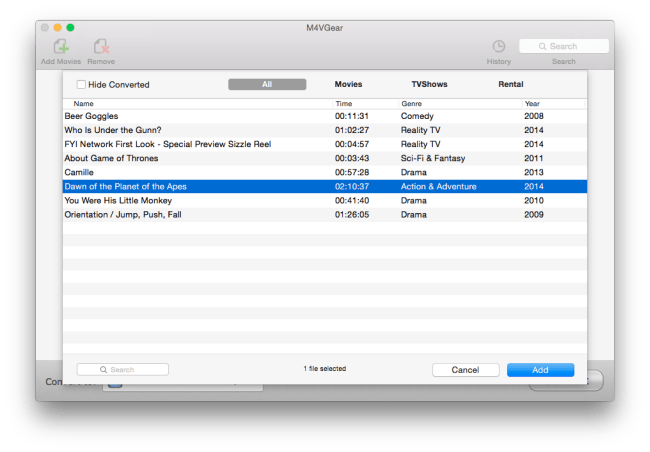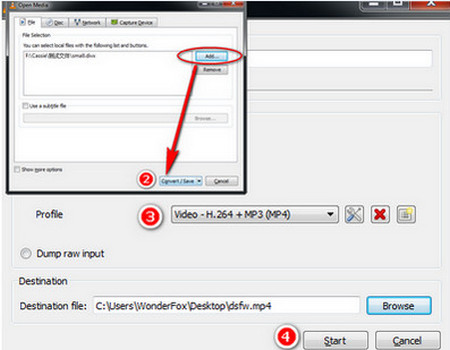

A nationwide rollout began three months later, on September 21, again with only one Zenith player and 150 titles available in 190 stores in the western U.S. Very few players sold during this time period, with The Good Guys chain alleging that fewer than 10 players were sold during this time period. Initially, only a single Zenith player was available starting at $499, along with no more than 50 (but more than 19) titles.
#Divx plus vs divx pro trial
After multiple delays, the initial trial of the DIVX format was run in the San Francisco, California and Richmond, Virginia areas starting on June 8, 1998. The product made a quiet showing at the Consumer Electronics Show in Las Vegas in early January 1998, but won the attention of 20th Century Fox which on Februsigned a deal to release their titles on the format. One advertiser attempted to sign with the company, but was unable to do so, which spurred a lawsuit between the two. The format was a partnership between Circuit City and entertainment law firm Ziffren, Brittenham, Branca & Fischer, with the former company investing $100 million into the latter firm.
#Divx plus vs divx pro code
History Development and launch ĭIVX was introduced on Septem(after previously being made under the code name Zoom TV), with the format under development since 1995. Initially, the players were approximately twice as expensive as standard DVD players, but price reductions occurred within months of release. Because of widespread studio support, manufacturers anticipated that demand for the units would be high. Mail systems were included on some players as well. These players differed from regular DVD players with the addition of a security IC chip (powered by ARM RISC and manufactured by VLSI) that controlled the encode/decode of the digital content. ĭIVX players manufactured by Zenith Electronics (who would go bankrupt shortly before the launch of the format ), Thomson Consumer Electronics ( RCA and ProScan), and Matsushita Electric (Panasonic) started to become available in mid-1998. Most of the discs would be manufactured by United Kingdom-based Nimbus CD International.


In addition to the normal Content Scramble System (CSS) encryption, DIVX discs used Triple DES encryption and an alternative channel modulation coding scheme, which prevented them from being read in standard DVD players. The player would call an account server over the phone line to charge for viewing fees similar to the way DirecTV and Dish Network satellite systems handle pay-per-view. DIVX player owners had to set up an account with DIVX to which additional viewing fees could be charged. The status of the discs was monitored through an account over a phone line. "DIVX gold" discs that could be played an unlimited number of times on any DIVX player were announced at the time of DIVX's introduction, but no DIVX gold titles were ever released.Įach DIVX disc was marked with a unique barcode in the burst cutting area that could be read by the player, and used to track the discs. Viewers who wanted to watch a disc an unlimited number of times could convert the disc to a "DIVX silver" disc for an additional fee. After this period, the disc could be viewed by paying a continuation fee to play it for two more days. DIVX was a rental format variation on the DVD player in which a customer would buy a DIVX disc (similar to a DVD) for approximately US$4.50, which was watchable for up to 48 hours from its initial viewing.


 0 kommentar(er)
0 kommentar(er)
